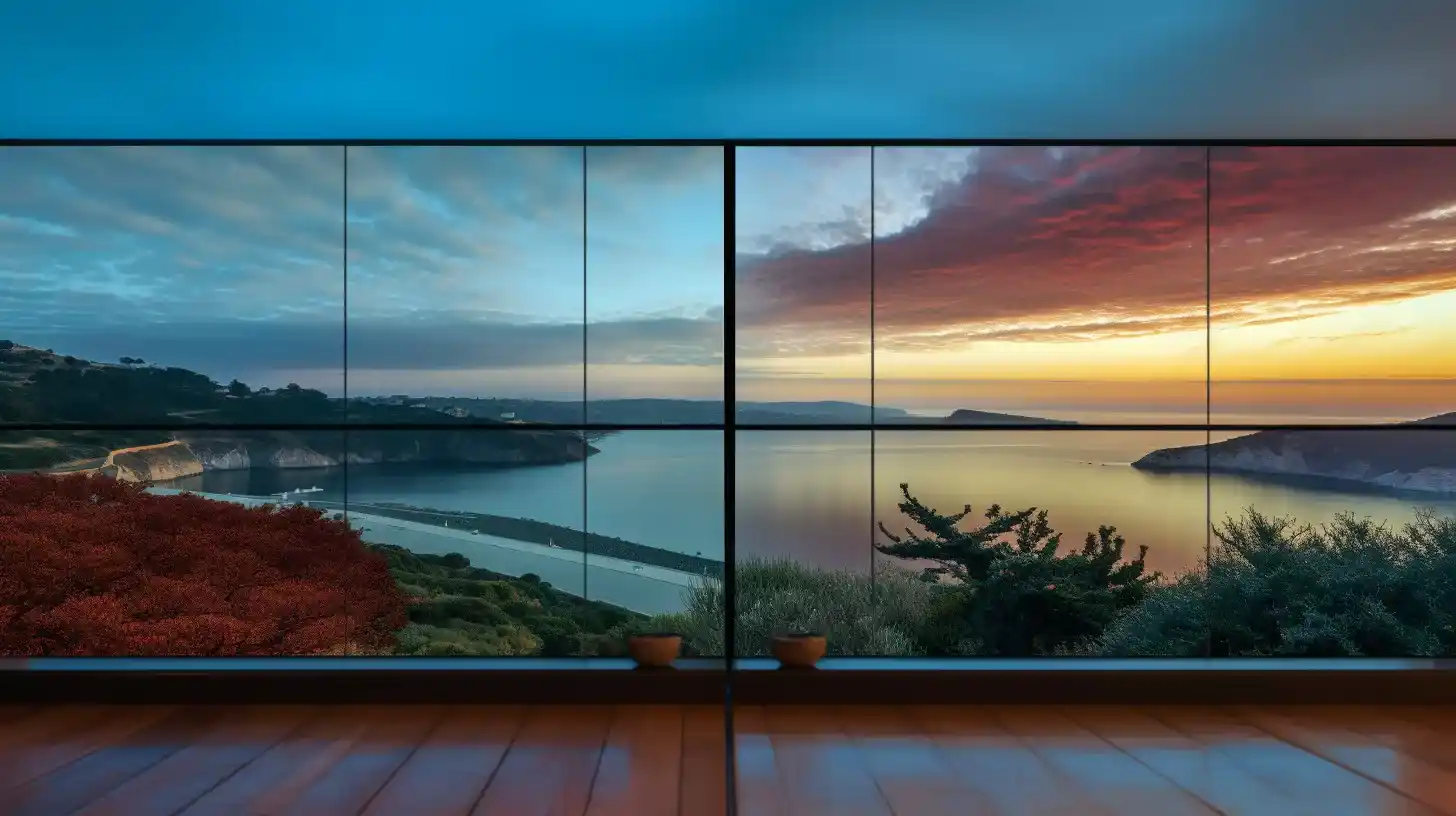Table of Contents
Nvidia has introduced a new AI feature for all RTX GPU owners: RTX Video HDR. This feature enhances the quality of web videos by converting them from standard dynamic range (SDR) to high dynamic range (HDR), which offers a wider range of colors and contrast.
How RTX Video HDR works
RTX Video HDR is similar to Nvidia’s RTX Video Super Resolution, which can upscale old, blurry web videos to higher resolutions. Both features use artificial intelligence to analyze and improve the video quality, but RTX Video HDR focuses on the color space rather than the resolution.

To use RTX Video HDR, you need an HDR10-compatible monitor with HDR enabled in Windows. You also need to download the latest 551.23 Game Ready driver from Nvidia, which is released today for the new RTX 4070 Ti Super launch.
RTX Video HDR works in both Microsoft Edge and Google Chrome browsers, and it can enhance any web video, regardless of the source or resolution. For example, it can add subtle color detail to 4K YouTube videos that were not uploaded in HDR, making them look more vivid and realistic.
How to enable RTX Video HDR
To enable RTX Video HDR, you need to go to the Nvidia Control Panel and select Video > Adjust video image settings. There, you will find a checkbox for RTX Video HDR, along with RTX Video Super Resolution. You can toggle both features on and off to see the difference in video quality.
You can also adjust the level of RTX Video HDR from low to high, depending on your preference and monitor capabilities. The higher the level, the more noticeable the effect will be. However, some users may find the high level too saturated or unnatural, so you may want to experiment with different settings to find the optimal balance.
Other AI features from Nvidia
RTX Video HDR is one of the many AI-powered features that Nvidia offers for its RTX GPU owners. These features leverage the tensor cores that Nvidia first started shipping in its RTX 20-series GPUs, which are specialized for deep learning and neural network processing.
Some of the other AI features from Nvidia include:
- Deep Learning Super Sampling (DLSS): This feature improves the frame rates and image quality of games by using AI to upscale the resolution and apply anti-aliasing.
- Deep Learning Dynamic Super Resolution (DLDSR): This feature improves the image quality of games by using AI to render them at higher resolutions than the native display resolution.
- Nvidia Broadcast: This feature enhances the audio and video
That’s where RTX Video HDR comes in. It uses AI to analyze the SDR video frame by frame and apply a tone mapping algorithm that adjusts the brightness, contrast, and saturation of each pixel to match the HDR10 standard. The result is a video that looks more natural and lifelike, with enhanced details and colors that pop.
Nvidia’s Range: RTX Video HDR, GPUs, and Game Modding Tools

RTX Video HDR works with any SDR video playing on internet browsers, such as YouTube, Netflix, Twitch, and more. It also supports various resolutions, from 720p to 8K, and various frame rates, from 24 to 120 fps. You can enable or disable RTX Video HDR from the NVIDIA Control Panel, and adjust the intensity of the effect to suit your preference.
What Else Does Nvidia Have to Offer?
RTX Video HDR is not the only feature that Nvidia has to offer for gamers and creators. Nvidia also recently released the NVIDIA RTX Remix open beta, a powerful new set of tools for PC game modders. It features full ray tracing, NVIDIA DLSS, NVIDIA Reflex, modern physically based rendering assets, and generative AI texture tools, so modders can remaster games more efficiently than ever.
Nvidia also launched the new GeForce RTX 4070 Ti SUPER, part of the 40 SUPER Series announced at CES 2023. It’s a beast of a GPU, with more CUDA cores than the RTX 4070, a frame buffer increased to 16GB, and a 256-bit bus. It’s perfect for video editing and rendering large 3D scenes, as well as gaming and AI tasks. It runs up to 1.6x faster than the RTX 3070 Ti and 2.5x faster with DLSS 3 in the most graphics-intensive games.
And if you want to see what NVIDIA RTX and Unreal Engine can do, check out this week’s feature In the Nvidia Studio technical artist Vishal Ranga, who shares his vivid 3D scene Disowned, powered by NVIDIA RTX and Unreal Engine with DLSS.
With RTX Video HDR and other features, Nvidia is pushing the boundaries of video quality and performance. Whether you are a gamer, a creator, or a modder, you can enjoy the best of both worlds with Nvidia.